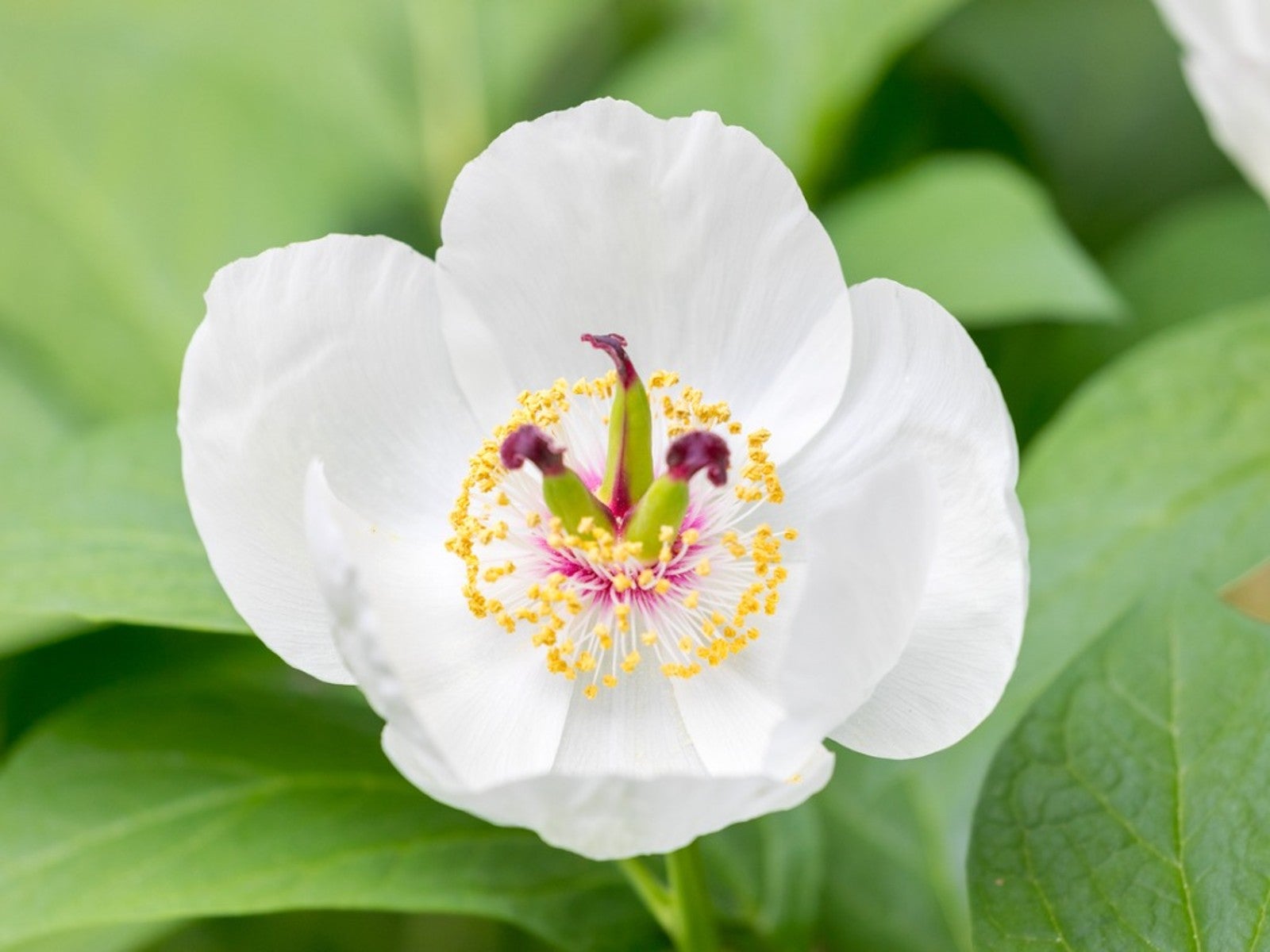Woodland Peony Plants That Grow In Shade


Long-lived peonies are an ever-popular addition to home landscapes. Thriving with minimal care, peony plants are most commonly prized for their large, vibrant blooms. However, some species of peonies are actually known for their ability to thrive in shady planting sites. One such example, the Japanese woodland peony, is ideal for small shaded backyard spaces.
What is Asian Woodland Peony?
There are several types of shade tolerant peony. Woodland peonies (Paeonia obovata and Paeonia japonica) are among the most frequently available species to home gardeners. Both herbaceous species grow to reach approximately 2 feet (60 cm) in height at maturity. Rather than producing showy blooms, woodland peony plants offer a multitude of smaller, highly-fragrant single flowers. Their flower color range is also comparatively limited, opening in varying shades of white to blushed pink.
Growing Japanese Woodland Peony
Though it is possible to grow shade tolerant peonies from seed, the process may take several seasons. In fact, peony seeds need a long period of cold stratification before they begin to germinate. It’s for this reason that most growers suggest starting with established plants or growing from root sections with at least 3-5 eyes. Consider the planting site you select, as it is imperative that woodland peony beds receive part to full shade.
Peonies respond well to nutrient rich soils. Good drainage is also ideal, as excessively wet soils may cause issues related to rot and various fungal diseases. Most sources suggest fall to be the best planting time for peonies. However, woodland species can also be planted as soon as the soil can be worked in very early spring. At planting time, make certain not to bury new roots too deeply. Each peony eye should be buried no deeper than about 2 inches (5 cm.) below the soil line. Those planted deeper may fail to bloom or could even have difficulty with growth in the spring.
Care for woodland peony varieties is similar to that of other species. After flowering has ceased, spent blooms can be deadheaded and carefully removed from the plant. Healthy foliage should remain in the garden until it’s been allowed to die back naturally with the arrival of the first frost in autumn. At that time, excess foliage can be cut and removed from the garden in order to reduce the risk of any over-wintering foliar disease.
Sign up for the Gardening Know How newsletter today and receive a free copy of our e-book "How to Grow Delicious Tomatoes".

Tonya Barnett has been gardening for 13 years. Flowers are her passion. She has transformed her backyard into a cut flower garden, which she regularly chronicles on her YouTube channel http://www.youtube.com/@tonyawiththeflowers.